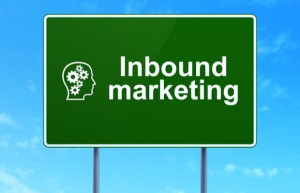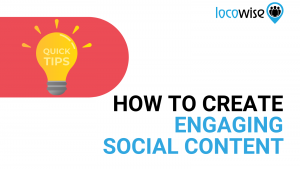Whether you are a small business or a Fortune 500 corporation, when it comes to email marketing, one metric stands out above the others: open rate. An open rate, which is literally the rate at which the people you are sending emails to are opening them, is a strong indication of the effectiveness of your email marketing campaign. If you want more responses to your email’s call to action, you’re likely going to want to see if you can improve your open rate.
The open rate is normally a percentage, which is calculated by figuring out how many of your emails were opened versus how many you sent out. For example, if you sent 20 emails and 4 of them were opened, your open rate would be 20%. So, what constitutes as a good open rate? That depends on who you ask, what you’re offering, and which industry you’re in; but generally anything between 15% and 30% is considered average.
Keep Them Coming: 4 Ways to Get Your Emails Opened
There are easy mistakes one can make when sending a marketing email, which can quickly tank your open rates. Be sure to make your campaign as successful as possible and keep your customers clicking with these steps.
- Cultivate your email list. You don’t want to just blast emails out to every single email address you have ever collected. If you’re sending emails to people who have no interest in the content you’re sending or what you’re selling, they’re not going to get opened, which will contribute to a low open rate. Instead, carefully refine your email marketing list to include recipients who are likely to be receptive to your content. You can do this by segmenting your list by why or how an individual contacted you, the contact’s industry, purchase history, or the length of time since your last interaction. Breaking down your email list and sending different targeted emails to the varying groups will allow you to send more focused emails, improving your open rates. Additionally, you’ll want to make sure your list is up to date and full of quality leads. There’s no sense in sending emails to business owners who have shut down their companies or inactive subscribers. And finally, periodically check your list of subscribers for any obvious mistakes or misspellings. Sending emails to a “hotmial.com” address won’t be going anywhere, and therefore, won’t be getting opened.
- Write an engaging subject line. The subject line is likely to be the first thing your email recipient reads, so you want it to catch their attention immediately and make them want to open your email. Avoid writing subjects that contain words that will come off as spam (or worse, actually get picked up by spam filters). These include words like “sale,” “free,” rich,” or “deal.” Avoiding using a ridiculous amount of emojis in your subjects as well. You want to come across as a serious business, not a teenager sending an instant message to their friends. Instead, write something that gets your point across, but leaves your target interested enough to click through and find out more.
- Deliver valuable content. You don’t want your email to come across as a brochure or a coupon clipping. Obviously, you want to engage your customers and prospects enough to further investigate your company and your offers, but you can do so without shoving canned sales pitches down their throats. Send relevant, engaging, and useful content to your sales leads or current clients. Don’t have time to write marketing emails on top of running your small business? You can elect to hire someone on a freelance basis from time-to-time or utilize a virtual marketing assistant. who you’ll only have to pay for the time they work and who will already have experience in email marketing.
- Do your research. A/B testing can come in handy with marketing emails. It can be used to test the effectiveness of your subject lines, content, and your recipients. Take the time to find out who your best target audience is and cater your messages to them. Find out if your open rates increase when you write your emails to one person rather than just sending out a generic “Hello!” (Sometimes, open rates increase when emails are written directly to one recipient. This helps create a sense of familiarity and focus.) Figure out if your emails get opened more often when they are sent from a person or a company. An email sent from a generic company email address might immediately get written off as advertising, while an email sent from first.name@company.com gets opened as it feels more personalized. Know the right time to send your emails, too. If you are sending your emails to organizations after the end of the workday, they may not get opened as people have already left their offices. On the other hand, a study conducted by Experian showed emails send on weekends had uniquely high open rates. The right timing for sending out your emails may depend on the industry you are targeting or other demographic characteristics of your audience. You’ll also want to know if the majority of your emails are getting opened on desktop or mobile devices so you can be sure to appropriately format your messages for mobile marketing purposes.
For small businesses, email marketing can take the reach and effectiveness of your paper newsletter or flyer and exponentially increase it. Email marketing has one of the highest engagement rates and returns on investment (ROI) of any marketing strategy to date, so if you aren’t making use of it, you are missing out on potential business.
Digital & Social Articles on Business 2 Community(73)
Report Post






